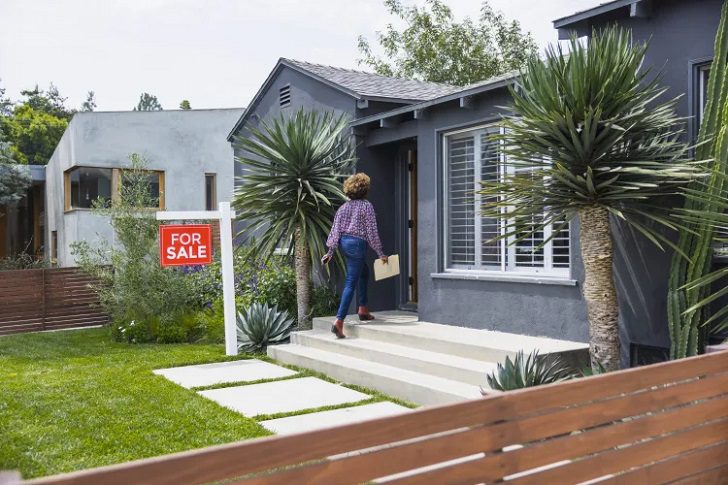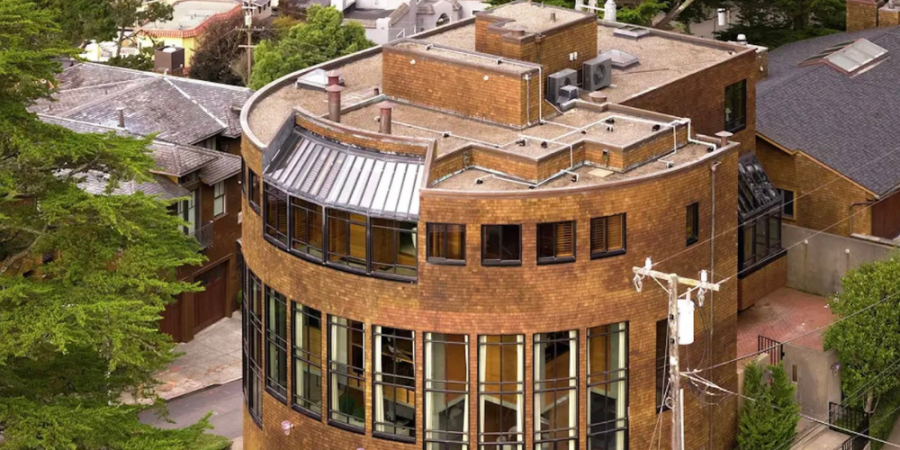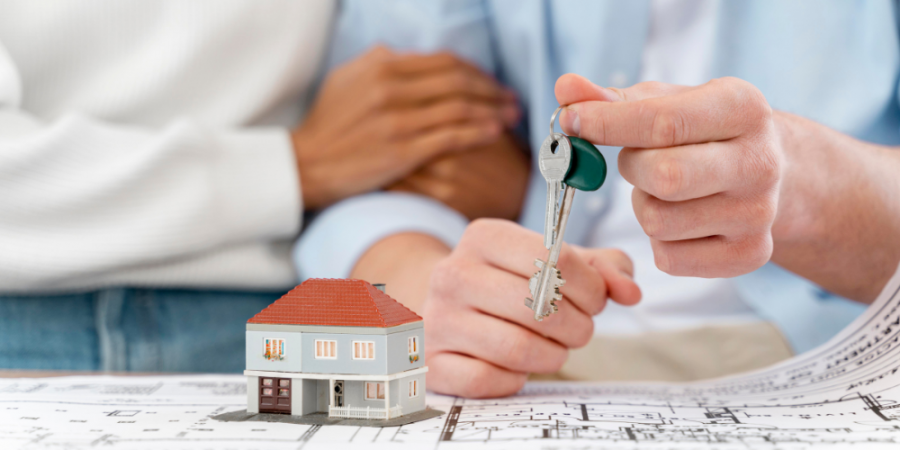You’ve deliberated back and forth and decided to sell your home, giving you the opportunity to change neighborhoods or upgrade your home office with a new suburban abode. But now comes arguably the hardest step of all: pricing your home to sell.
How you price your home will in large part determine whether your home flies off the market or sits without interest for months. Price your house too low, and you could undersell it to a great degree. Price too high, and you may miss out on buyer interest while your listing is fresh, leading to a drawn-out sale and eventually a discounted offer.
Pricing your home is a deceivingly complex calculation. It involves knowing which features of a home drive value and those that may subtract from it, all while keeping emotions at bay. Even in a strong seller’s market with record home sales, it’s possible to overprice your listing based on the success of your neighbors. This guide will help you through the process:
Don’t price it too low

THE GOOD BRIGADE/ GETTY IMAGES | Sell the sizzle, not the steak
Listing a home below its market value is a strategy some sellers use to generate interest in the property and possibly spark a bidding war. It’s also used by sellers who need to sell their property quickly.
But price your house too low, and you could end up leaving some serious money on the table. A bargain-basement price could also turn some buyers away, as they may wonder if there are any underlying problems with the house.
Be prepared for additional closing costs
Rawpixel/Unsplash | If you want to sell your home fast, the first step is to hire a real estate agent
Additional costs during closing can include things such as inspections, loan origination fees, and title insurance, so keep those in mind when putting together your down payment. The additional costs right at closing mean it might make sense to put less money down in order to pay for the added expenses. Often, closing costs are paid by the seller, but in competitive markets, it’s becoming more common for the costs to be split with or paid by the buyer. While spending all of this hard-earned money, be sure to budget your move to cut down on expenses.
Check out comparable properties on the market
In this case, you can actually visit other homes and get a tactile sense of how their size, condition, and amenities compare with the property you’re considering. You can then compare prices and see what seems fair. Reasonable sellers know that they must price their properties similarly to market comparables if they want to be competitive.
Check out sold comps

Alex Knight/ Unsplash | Declutter – but don’t depersonalize
Compare the original list prices of the homes to the final sales prices to determine any price reductions. Compare the final list prices to actual sold prices to determine ratios. Ideally, compare to at least three properties that sold at market value.
Most local assessors’ offices will provide sales lists, and some newspapers publish quarterly sales reports in their business and/or real estate sections. Adjust final sales prices up or down for lot-size variances, configuration, and amenities or upgrades.










